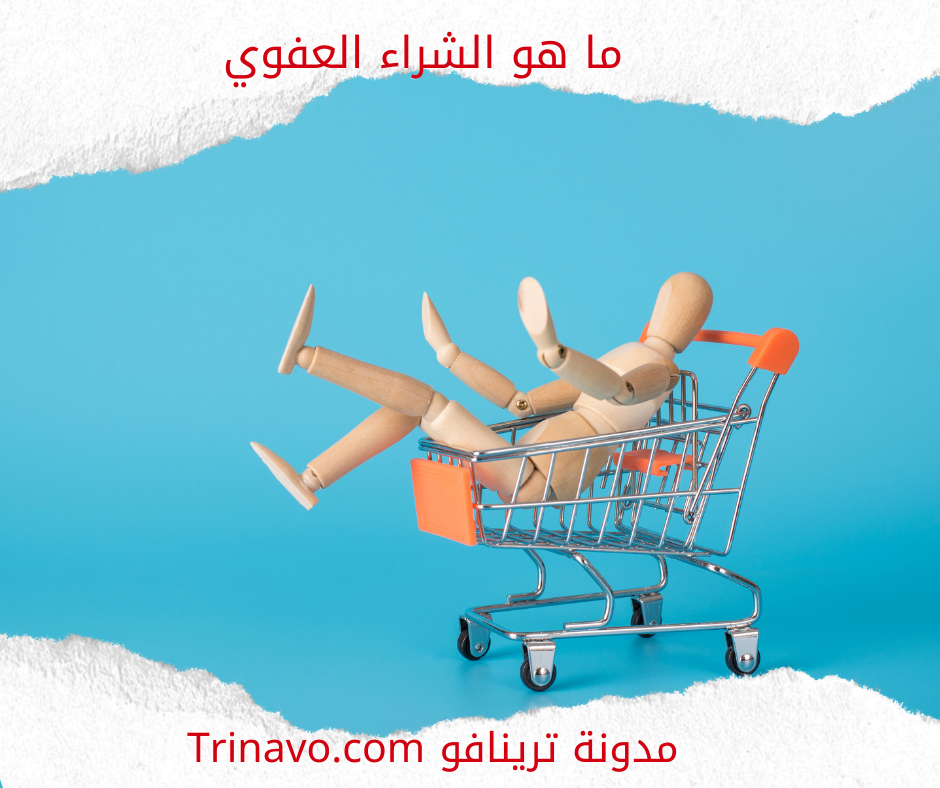What is a spontaneous purchase?
Some consumers may make purchases that they did not plan, and they do them automatically without hesitation. This is called spontaneous buying or impulsive buying, where the consumer feels an urgent desire to buy a product without having a prior intention to buy, so what is spontaneous buying? What drives consumers to make this type of purchase? This is what we explain in the following lines.
Read also the most important skills of sales representatives.
What is a spontaneous purchase?
Spontaneous buying occurs at an unplanned moment and it is difficult to control the urge the purchase In this case, when the consumer makes a spontaneous purchase under the influence of a group of emotions such as anger or joy, this type of purchase represents approximately 40% to 80% of overall consumer purchases, and the spontaneous purchase process is subject to several factors, including personal traits, beliefs, and values. Societal and cultural factors, and finally demographic factors, and the previous factors are linked to other internal factors such as emotion and external factors such as environmental stimuli.
Psychological factors of spontaneous purchasing
The psychology of spontaneous purchases is due to several different psychological factors that contribute greatly to pushing the consumer to make this type of purchase. These factors are:
- Emotions
The emotional state is the first motivator for spontaneous buying, as there are strong feelings about something such as feelings of enthusiasm, fear, and happiness, and these feelings, whether positive or negative, affect the consumer’s purchasing behavior.
- Inability to self-control
Spontaneous buying is associated with a lack of self-control. When a consumer feels the desire to buy a product, and the consumer is not able to control himself and self-control at that time, he buys. This applies to people who do not have a clear marketing plan, as they are also likely to be overcome by the desire to buy. Products without the ability to self-control.
- Previous experiences
Previous experiences and experience play an important role in the consumer’s purchasing decision. If the consumer has a previous experience when purchasing a product and this experience left him with positive feelings, this experience is likely to influence his decision and make a spontaneous purchase as soon as he sees a similar or close product.
External factors that prompt consumers to make spontaneous purchases
After knowing the psychology of spontaneous buying and the psychological factors that contribute to pushing consumers to make an impulsive or spontaneous purchase, there is also another group of factors that would push the consumer to make this purchasing process, and these factors are:
- External stimuli
The main factor in pushing the consumer to make a spontaneous purchase is external stimuli. There is research that has proven that external factors and incentives directly affect the consumer’s purchasing behavior, such as the marketing atmosphere, sales signs, and other external factors, including:
- Store environment
Research has also proven that the positive environment of the store and the shopping place in general generates positive feelings for the consumer, which makes him make spontaneous purchases and purchase unplanned products.
- Background music
Music directly affects consumer behavior, as calm music slows down the shopping process, which makes the customer spend more time in the store and buy many products.
- Sales staff
Having a good sales staff will motivate consumers to shop and buy more products.
- Instant gratification
Based on feelings of anxiety, enthusiasm, and excitement, the consumer makes purchasing decisions. We see, for example, that someone is shopping in a store and sees successive products that arouse his desire. He will never stop buying for the purpose of immediately satisfying the feelings generated in him, and this is what smart marketers do in their stores. They always play on the consumer's feelings and his desire to satisfy his needs.
- Strategic positioning of the product
Store owners place products in an organized manner, not only for display but to influence consumers. We see this in store window displays, which is one of the factors leading to spontaneous purchasing. Store owners follow strategies in organizing and placing products in the store to encourage consumers to buy. Spontaneous, and these situations include:
- Place the blocks
It is about organizing similar products close to each other.
- Portrait mode
It is placing products vertically, as this allows consumers to see and analyze all products from top to bottom.
- Descending by price and value
Products with high value and high price are placed before lower products.
This method helps in attracting the attention of customers and shoppers to spontaneously purchase more products.
Therefore, spontaneous purchasing is one of the shopping methods that store owners benefit from. It is one of the purchasing methods that depends on the consumer purchasing products based on some external factors and influences without prior planning for it. If you are a store owner, you can benefit from this article to learn how to influence on your customers and make them make spontaneous purchases.

